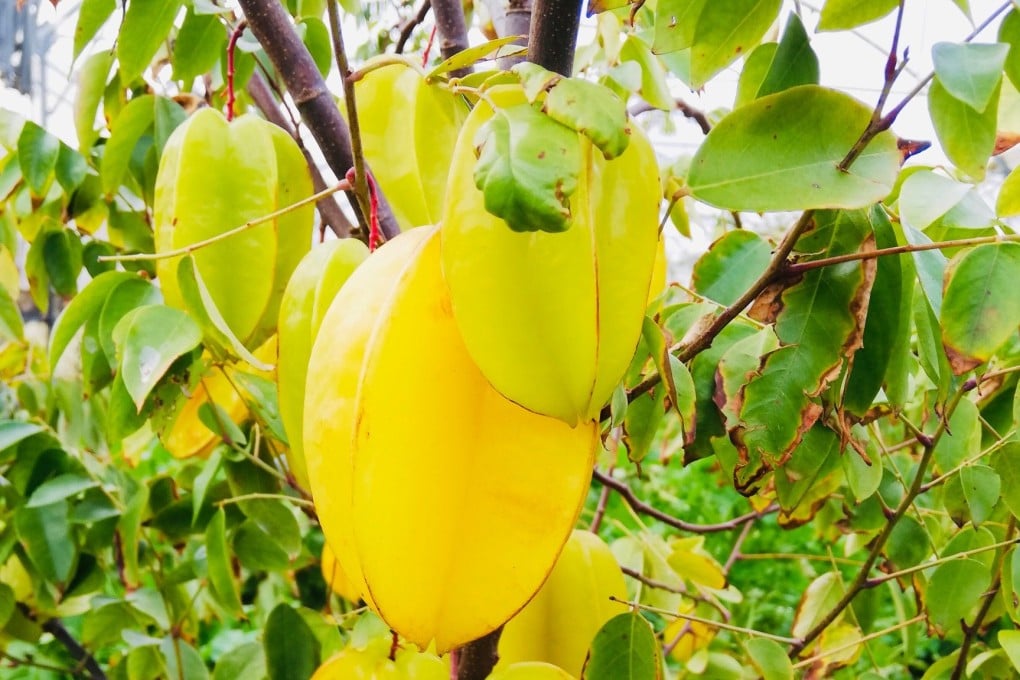Advertisement
From bananas to mangoes, Europe grows tropical fruit – and you can thank global warming for that
- Italy is the world’s second largest producer of kiwis, which originated in China, while avocados are grown on the flanks of Mount Etna in Sicily
- Head to southern Spain for lychees, star fruit and bananas, and take a trip to Portugal and Greece for passion fruit and mangoes
Reading Time:5 minutes
Why you can trust SCMP
0

Plantations of tropical fruits – bananas, mangoes, papayas, passion fruits, finger limes, pomelo and avocados – are rising along the shores of the Mediterranean, where fig trees and olive groves have grown for centuries.
Travellers visiting southern Europe are often surprised to see lychee and kiwi trees, pitaya (dragon fruit) bushes and other exotic fruit typically found in tropical or subtropical Asian and South American countries. What is going on?
Thanks to climate change, a fruit revolution is under way in Europe’s south, from Portugal and Spain to Italy and Greece. Asian and Latin American fruits have found fertile ground on Mediterranean shores in organic, non-intensive plantations, and chefs and bartenders are making the most of the unusual (to them) produce with tropical fruit ice-creams and cocktails.
“All is zero food miles and it’s helping revamp the local economy, bringing profit to growers,” says Italian agronomist Ottavio Cacioppo, who was the first to produce Italian kiwis in the 1970s.

Today, Italy is the world’s second largest producer of kiwis, which originated in China. In his estate, south of Rome, Cacioppo also grows pitaya and other tropical produce.
Advertisement
Select Voice
Choose your listening speed
Get through articles 2-3x faster
1.1x
220 WPM
Slow
Normal
Fast
1.1x